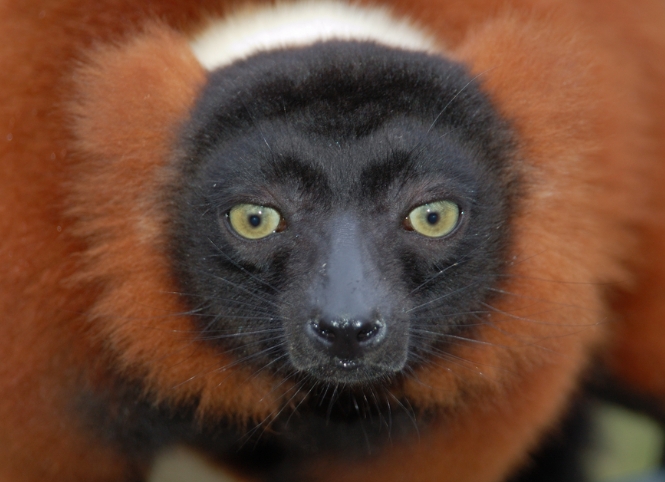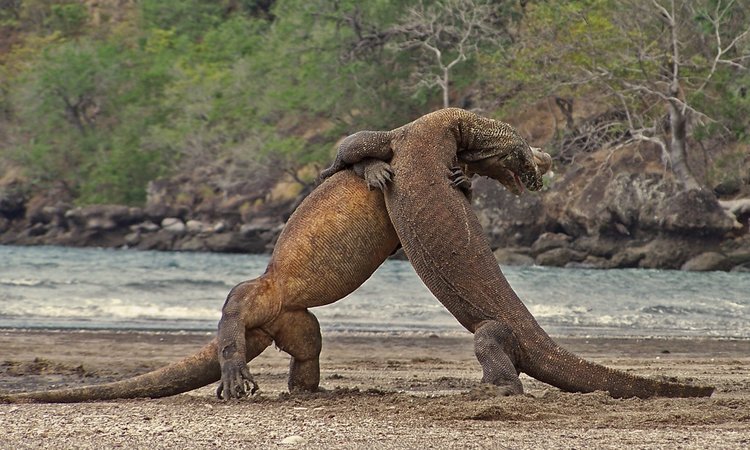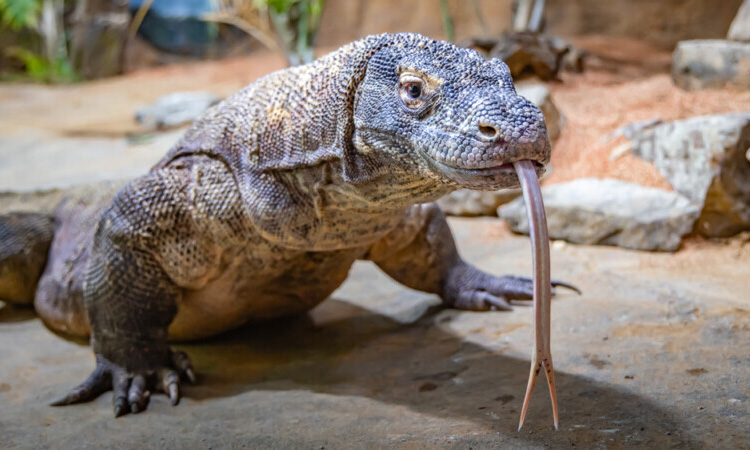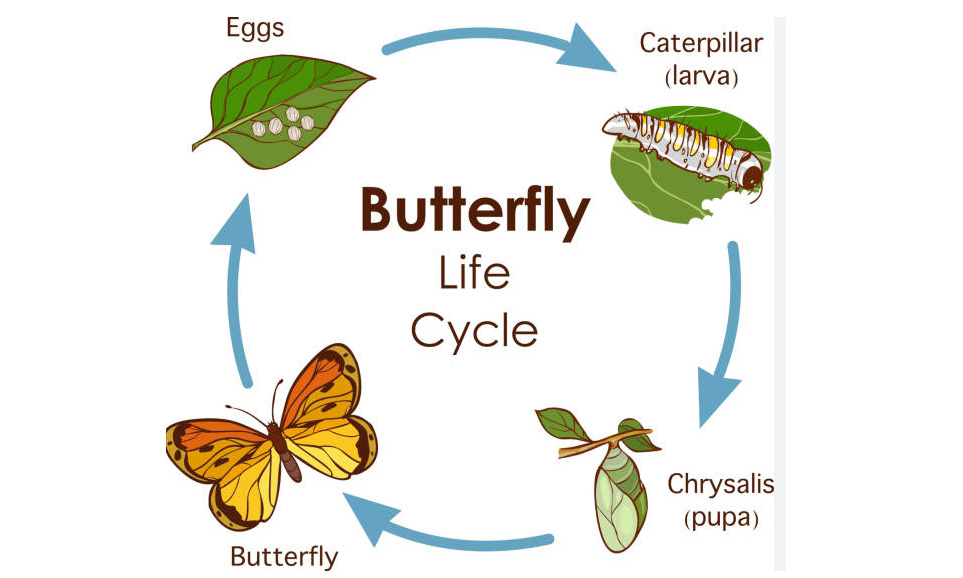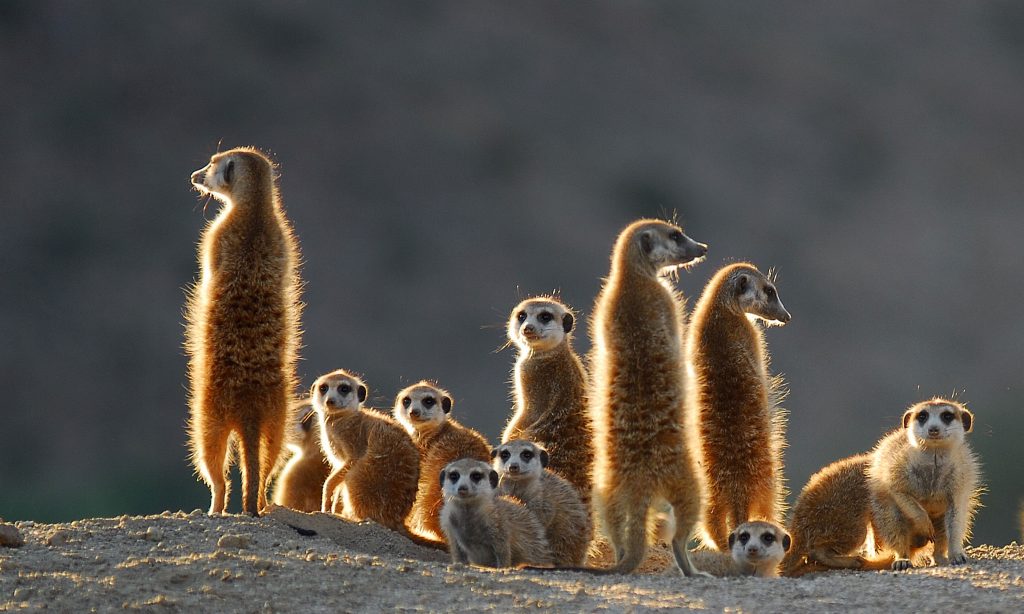Madagascar is home to some of the most unique and fascinating creatures on the planet, including the big lemur.
What is the Big Lemur?
The big lemur, also known as the indri or babakoto, is the largest primate in Madagascar. It is a species of lemur that is known for its distinctive black and white fur, long tail, and large, expressive eyes.
Size and Appearance
The big lemur can grow up to 24-30 inches in length and weigh between 15-22 pounds. They have a chunky body, with strong hind legs that enable them to leap and climb through the trees with ease.
Habitat and Behavior
These primates are arboreal, meaning they spend most of their time in the trees. They are known for their haunting, melancholy calls that can be heard echoing through the dense forests of Madagascar. Big lemurs are typically solitary animals, with males and females only coming together to mate.
Diet
Big lemurs are herbivores, feeding primarily on leaves, fruit, and flowers. They have specialized digestive systems that allow them to break down the tough cellulose found in plant matter.
Conservation Status
Unfortunately, the big lemur is classified as endangered due to habitat loss and fragmentation. Conservation efforts are underway to protect these unique primates and their natural habitat.
Visiting Madagascar
For those interested in seeing the big lemur in person, Madagascar offers a range of opportunities for wildlife enthusiasts. National parks such as Andasibe-Mantadia and Analamazaotra Reserve are popular destinations for spotting these elusive creatures.
In conclusion, the big lemur is a fascinating and unique primate that is worth exploring. As one of Madagascar’s largest and most iconic animals, it serves as a reminder of the importance of conservation and preserving the natural beauty of this unique island.
